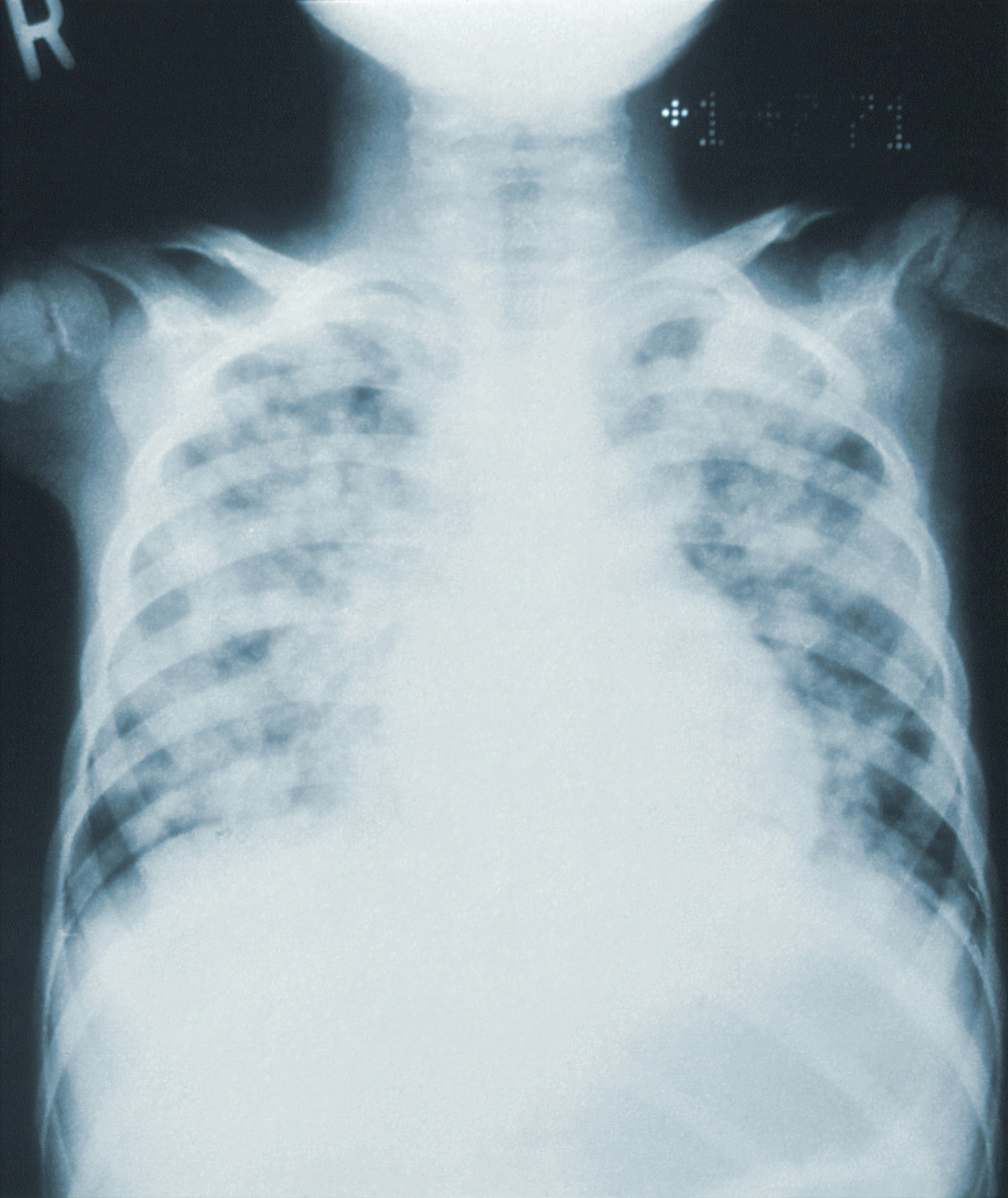ADRENAL

Adjunctive Corticosteroid Treatment in Critically Ill Patients With Septic Shock
Venkatesh. NEJM 2018; published on line first 19th January 2018 DOI: 10.1056/NEJMoa1705835
Clinical Question
- In critically ill patients with septic shock, does hydrocortisone compared with placebo, reduce 90 day mortality?
Background
- The background to this trial has been extensively covered in our blog post here
Design
- Randomised placebo controlled trial
- Web-based randomisation
- Stratified according to participating site and medical vs surgical admission
- Double blinded
- Intention to treat analysis
- Sample size calculation
- 3800 patients will provide 90% power to detect a 5% absolute risk reduction, from a baseline mortality rate of 33%, with a false positive rate of 5%; allowing for a 1% rate of withdrawal/loss to follow-up
Setting
- 69 medical–surgical ICUs
- Australia (45 sites), UK (12), New Zealand (8), Saudi Arabia (3), and Denmark (1)
- March 2013 – April 2017
Population
- Inclusion criteria: Adult patients with septic shock requiring vasopressors and mechanical ventilation
- Documented or strong suspicion of infection
- 2 of the 4 SIRS criteria
- Mechanical ventilation, including non-invasive ventilation (CPAP, bilevel)
- Vasopressors/inotropes for ≥4 hours to maintain systolic BP >90mmHg, or MAP >60mmHg, or a MAP target set by treating physician
- Exclusion criteria:
- Met all inclusion criteria >24 hours ago
- Clinicians expects to prescribe systemic corticosteroids for another indication
- Treated with etomidate or amphotericin B
- Cerebral malaria or strongloides infection
- Death deemed inevitable or imminent, or death from underlying disease likely within 90 days
- Trial included 3658 patients out of 3800 patients who were randomised
- 142 (3.7%) patients withdrew/did not have consent/lost to follow-up
- Baseline characteristics were similar: hydrocortisone vs placebo group
- Mean age (years): 62.3 vs 62.7
- Male sex: 60.4% vs 61.3%
- Surgical admission: 31.2% vs 31.8%
- APACHE score
- median: 24 vs 23
- > 25: 45.9% vs 43.1%
- Timing from shock to onset of resolution:
- < 6h: 19.4% vs 18.9%
- 6 to <12 h: 28% vs 26.7%
- 12 to <18 h: 23.9% vs 23.1%
- 18 to 24 h: 28.7% vs 31.3%
- At baseline:
- Vasoactive drugs administered:
- Norepinephrine: 98.4% vs 97.9%
- Vasopressin: 15.1% vs 17.3%
- Epinephrine: 7.2% vs 6.1%
- Other: 8.5% vs 9.3%
- RRT: 12.3% vs 13%
- Mechanical ventilation: 99.8% vs 99.9%
- Antimicrobial agent: 98.3% vs 98.1%
- Site of infection
- Pulmonary: 33.8% vs 36.5%
- Abdominal: 25.9% vs 25.2%
- Blood: 17.1% vs 17.5%
- Skin or soft tissue, urinary: each around 6-8%
- Subgroup analysis of catecholamine dose > 15 mcg/min
- 53.5% vs 55.3%
- Vasoactive drugs administered:
Intervention
- Hydrocortisone
- 200mg/day, given as continuous infusion for 7 days or until ICU discharge
- Assigned trial regimen received in 99.8% of patients
- Infusion continued for median 5.1 days
Control
- Placebo
- Infusion given as per intervention group
- Assigned trial regimen received in 99.7% of patients
- Infusion continued for median 5.6 days
Management common to both groups
- All other aspects of the patients’ care were conducted at the discretion of the treating clinicians
- Between days 1-14 post randomisation 7.4% of patients in the hydrocortisone group and 8.8% in the placebo group received open-label glucocorticoids, P=0.13
Outcome
- Primary outcome: no statistical difference in 90 day mortality
- 511 of 1832 patients (27.9%) in the hydrocortisone had died vs 526 of 1826 (28.8%) in the placebo group
- Odds ratio (OR), 0.95; 95% confidence interval [CI], 0.82 to 1.10; P=0.50
- Absolute risk reduction (ARR) 0.91%; 95% CI -2.01% to 3.83%; P=0.56 (Fisher’s exact)
- 511 of 1832 patients (27.9%) in the hydrocortisone had died vs 526 of 1826 (28.8%) in the placebo group
- Secondary outcomes – hydrocortisone vs placebo group
- Significantly reduced:
- Median days to resolution of shock
- 3 vs 4 days (Hazard ratio [HR] 1.32; 95% C.I. 1.23-1.41, P=<0.001)
- Median time to cessation of initial mechanical ventilation
- 6 vs. 7 days (HR 1.13; 95% C.I. 1.05-1.22, P=<0.001)
- Median time to discharge from the ICU
- 10 vs. 12 days (HR 1.14, 95% C.I. 1.06-1.23, P=<0.001)
- Use of blood transfusion
- 37.0% vs. 41.7% (OR 0.82; 95% C.I. 0.72-0.94, P=0.004)
- Median days to resolution of shock
- No significant difference in:
- 28 day mortality: 22.3% vs 24.3%
- Recurrence of shock: 19.7% vs 18.4%
- No. of days alive and outside of the ICU: 58 vs 43
- Median days to discharge from the hospital: 39 vs 43
- No. of days alive and outside of the hospital: 40 vs 38
- No. of days alive and free of mechanical ventilation: 61 vs 59
- Use of renal replacement therapy: 30.6% vs. 32.7%
- New-onset bacteraemia or fungemia: 14.1% vs 14.1%
- Significantly reduced:
- Sub-group analysis – no difference in primary outcome
- Medical vs. surgical admission; (nor)epinephrine <15 vs. ≥15μg/min; primary site of sepsis pulmonary vs. non-pulmonary; male vs. female; APACHE II <25 vs. ≥25; duration of shock
- Adverse events
- Number of patients with adverse events – significantly greater in hydrocortisone group
- 21 (1.1%) vs. 6 (0.3%), p=0.009
- Hyperglycaemia: 6 vs. 3
- Hypernatraemia: 3 vs. 0
- Encephalopathy: 3 vs. 0
- Serious adverse events
- 4 events in the hydrocortisone group
- 2 myopathy, 1 ischaemic bowel, 1 circulatory shock
- 2 events in the placebo group
- 1 bleeding, 1 abdominal-wound dehiscence
- 4 events in the hydrocortisone group
- Number of patients with adverse events – significantly greater in hydrocortisone group
- Post-hoc sensitivity analysis excluding patients who received open-label corticosteroids – no difference in primary outcome
- OR 0.96; 95% C.I. 0.82-1.12, P=0.59
- Mortality by region
- Australia: 25.1% vs. 27.6% (median APACHE II Score 23)
- United Kingdom: 35.3% vs. 31.7% (median APACHE II Score 25)
Authors’ Conclusions
- Among patients with septic shock undergoing mechanical ventilation, a continuous infusion of hydrocortisone did not result in lower 90-day mortality than placebo
Strengths
- Randomised controlled trial
- Multi-centre, including a number of different countries
- Intention to treat analysis
- Appropriate primary outcome
- Registered on clinicaltrials.gov
- The largest study to date, investigating steroids in septic shock
Weaknesses
- Whilst the use of antibiotic therapy was recorded, appropriate choice based on microbiology analyses was not
- Long-term neuromuscular weakness as an adverse event was not not assessed
- Greater rate of withdrawal/loss to follow up than anticipated
- 7.4% in intervention group and 8.8% of patients in placebo group received open-label steroids
- A number of patients remained on vasopressors when the trial intervention completed
The Bottom Line
- In mechanically ventilated patients with septic shock, low dose hydrocortisone administered via an infusion for up to 7 days does not reduce or increase mortality at 90 days
- Secondary outcomes demonstrated that patients in the hydrocortisone group had a reduced time to resolution of shock, reduced duration of ICU but not hospital stay, reduced time to cessation of mechanical ventilation and a reduction in the use of blood transfusion. Adverse events were low, but significantly increased in the hydrocortisone group
External Links
- [article] Adjunctive Glucocorticoid Therapy in Patients with Septic Shock
- [further watching] Critical Care Reviews: Live Presentation of Trial Results
- [further reading] TBL: Steroids in Sepsis
- [further Listening] EMCrit: Steroids for septic shock pre-adrenal
- [further reading] Study Protocol
Metadata
Summary author: Dave Slessor and Steve Mathieu
Summary date: 20/01/2018
Peer-review editor: Duncan Chambler




This is a great trial! It was fantastic to hear Bala Venkatesh present the findings and conclusion at the Critical Care Review meeting in Belfast. Some really interesting points were raised by the audience and by Karin Amrein. She asked whether early deaths should be excluded due to the slow mechanism of action from corticosteroids. The audience were interested in the secondary outcomes: reduced time to extubation, reduced length of stay and reduced blood transfusion. Not everyone seemed convinced but even Simon Finfer admitted there might be something in it.
My department, who do use steroids at various points within an episode of shock, will probably increase our use of steroids but we aren’t sure how much we can extrapolate: when should we start steroids; by infusion or bolus; continue to shock resolution or seven days; cut or taper?
Please leave a comment with your interpretation.
Great study. While disappointing not to have a mortality benefit, the secondary outcomes are of clinical significance and are likely to increase the use of hydrocortisone in our ICU. At the moment we use bolus dosing, which has been shownpreviously to be non-inferior to continuous infusions, but with more hyperglycaemia and less need for additional lines (Hoang H, Wang S, Islam S, Hanna A, Axelrad A, Brathwaite C. Evaluation of hydrocortisone continuous infusion versus intermittent boluses in resolution of septic shock. P T. 2017; 42 (4): 252-255.). We tend to initiate hydrocortisone once noradrenaline infusion rate goes beyond 10mcg/min and we have variation in practice in terms of tapering or stopping hydrocortisone once vasopressor support is off. The timing of hydrocortisone initiation would be an interesting future study to guide practice.
Admission= previously a steroid sceptic
I think this trial was really well done but has left us with many more questions to answer. The secondary outcomes show some clinically important improvement with steroids but what dose should we use? What advantage does an infusion hold over a bolus? Considering Karin Amrein’s points, should we be starting steroids in the ED as soon as vasopressors are commenced?
Lots to consider but I would seriously consider early steroids in septic shock now.
I think the take home from ADRENAL should be that the drugs don’t work – the bottom line is the body count, no difference in mortality at 90 days.
If you assess enough secondary outcomes some will be statistically significant – these are merely hypothesis generating.
It might just be that steroids buff the things we look at to decide on extubation and discharge but don’t really help patients.
“Resolution of shock” as an outcome isn’t really about shock, but when the clinician thinks the MAP is sufficient to stop vasopressors and not restart them. Does that matter to patients?
Of course we can’t exclude subgroups that benefit etc; and the question of refractory septic shock isn’t answered by this trial (nor is the –
(Reserve the right to use steroids in select patients, blah blah, etc etc, of course)
Cheers
Chris